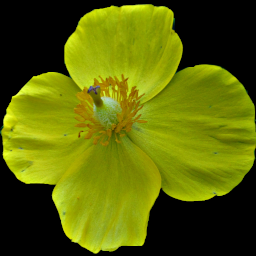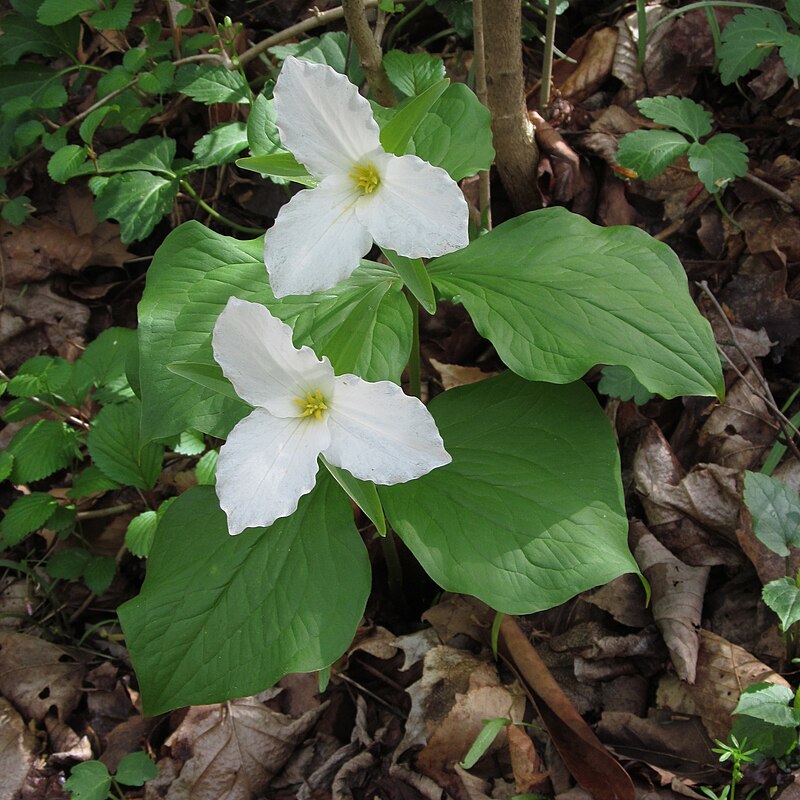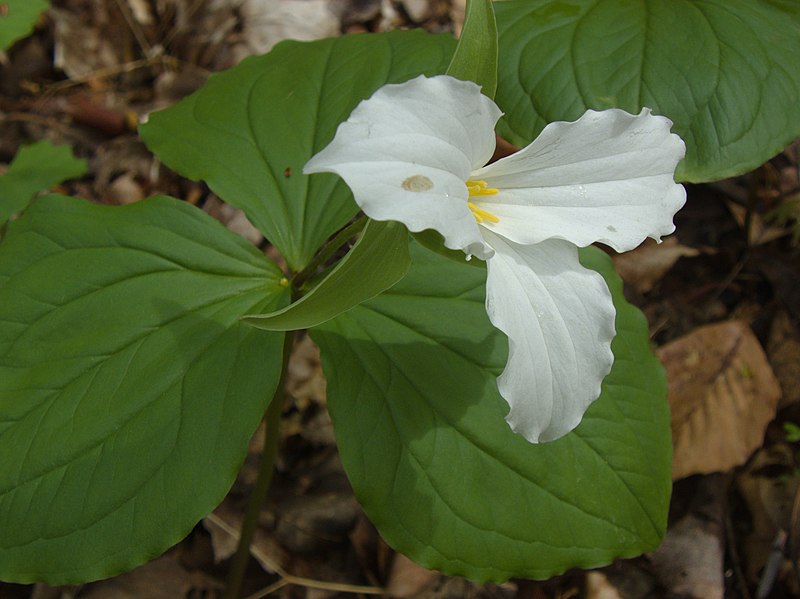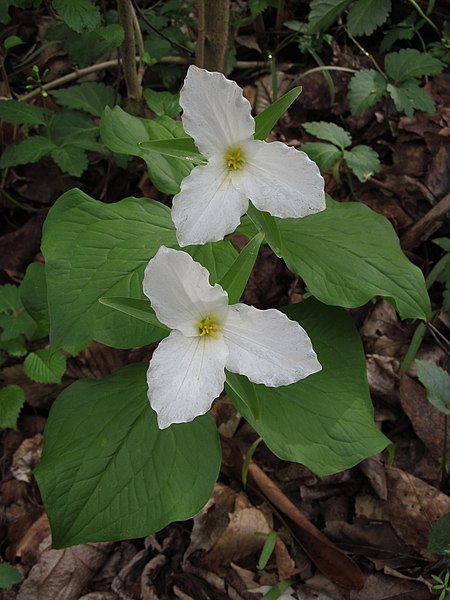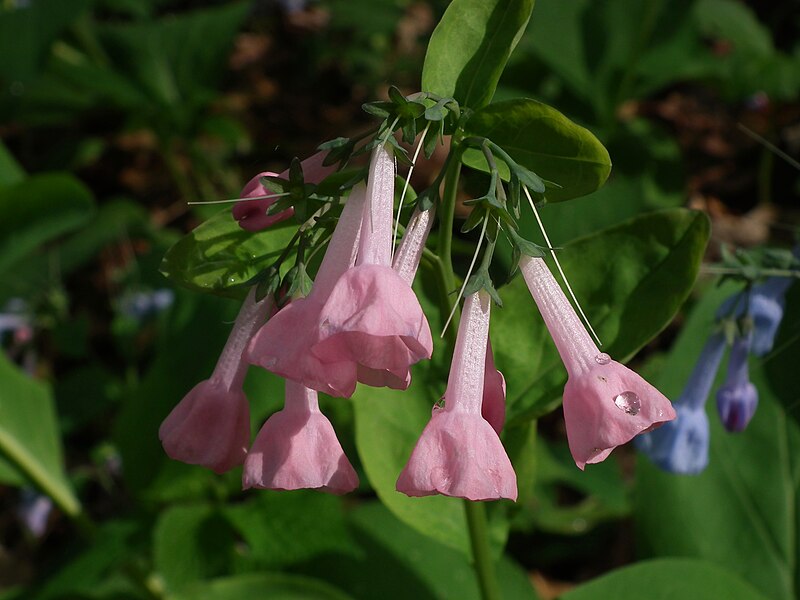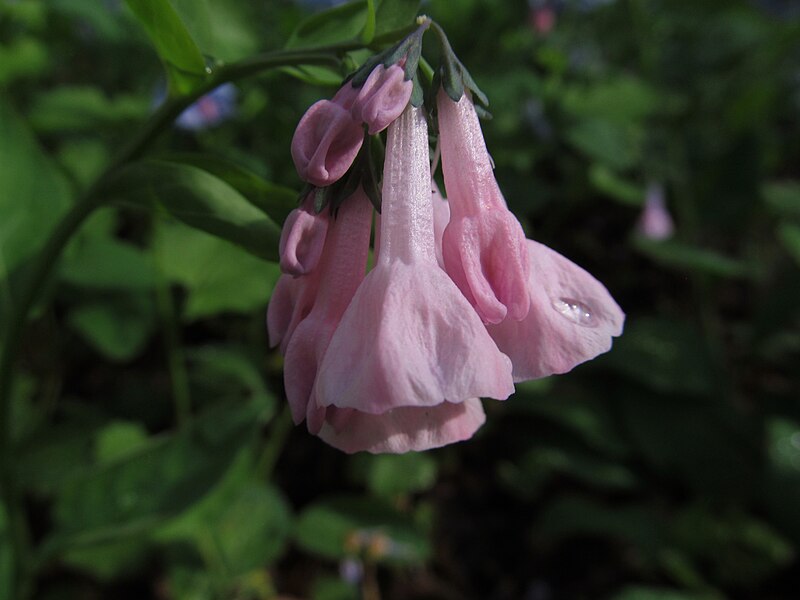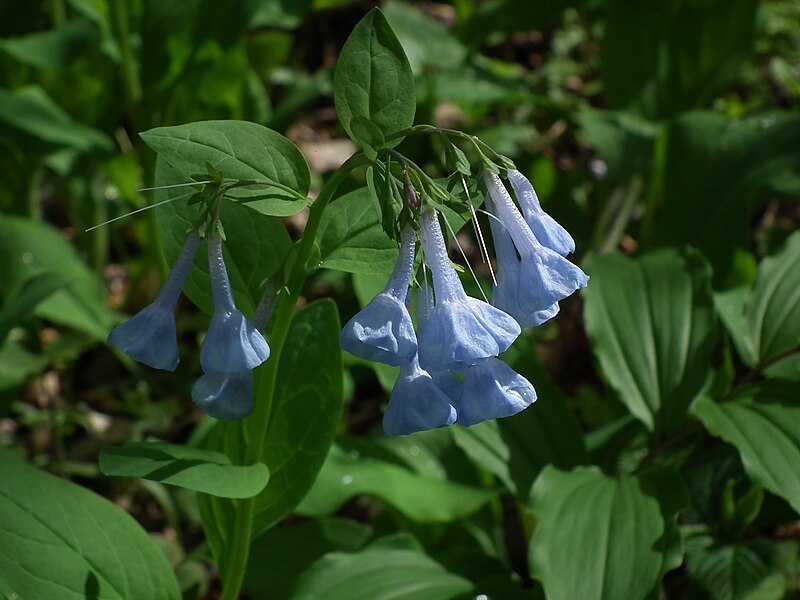
A popular ground cover often found wild in the woods or even in city lawns. The cultivated varieties often have purple or variegated leaves; the wild ones have attractive dark-green leaves. These were blooming in the Kane Woods Nature Area, Scott Township, where they had their pictures taken on May 5.
For a fuller description, see the Ajuga reptans reference page.


